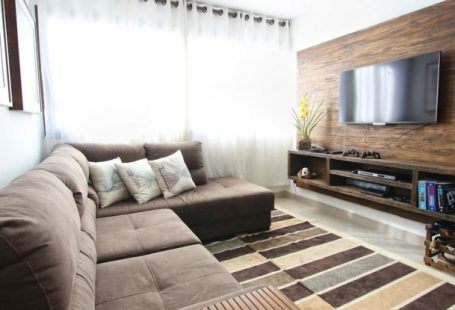In today’s digital age, setting up a home surveillance system has become more accessible and affordable than ever before. With the advancement of technology, micro PCs have emerged as a popular choice for creating a DIY surveillance system that offers flexibility, customization, and cost-effectiveness. In this article, we will explore how you can set up a home surveillance system using a micro PC, such as a Raspberry Pi or a similar device.
Choosing the Right Micro PC
The first step in setting up a home surveillance system with a micro PC is selecting the right device for your needs. Raspberry Pi is a popular choice due to its affordability, compact size, and versatility. Other options include Odroid, BeagleBone, or any other micro PC that meets your requirements. Consider factors such as processing power, storage capacity, and compatibility with surveillance software when choosing a micro PC for your project.
Installing Surveillance Software
Once you have chosen a micro PC, the next step is to install surveillance software that will allow you to monitor and record video footage from your cameras. Popular software options for DIY surveillance systems include MotionEyeOS, ZoneMinder, or Shinobi. These software packages provide features such as motion detection, remote access, and video recording capabilities, making them ideal for home surveillance applications.
Connecting Cameras
After installing the surveillance software on your micro PC, the next step is to connect cameras to the system. Depending on your budget and requirements, you can choose from a wide range of camera options, including USB webcams, IP cameras, or even old smartphones that can be repurposed as security cameras. Ensure that the cameras are positioned strategically to cover key areas of your home and provide maximum coverage.
Setting Up Remote Access
One of the key benefits of using a micro PC for your home surveillance system is the ability to access live feeds and recorded footage remotely. To set up remote access, you will need to configure port forwarding on your router and set up dynamic DNS to access your surveillance system from anywhere. Additionally, you can use mobile apps or web interfaces provided by the surveillance software to monitor your cameras on-the-go.
Securing Your System
Security is paramount when setting up a home surveillance system, especially when it comes to protecting your privacy and data. Make sure to change default passwords, enable encryption, and regularly update the software on your micro PC to prevent security vulnerabilities. Consider setting up alerts for suspicious activities and implementing two-factor authentication to secure access to your surveillance system.
Expanding Your System
Once you have set up a basic home surveillance system with a micro PC, you can explore ways to expand and enhance its capabilities. You can add more cameras, integrate sensors for monitoring environmental conditions, or even connect smart devices for home automation. The flexibility of a micro PC allows you to customize and scale your surveillance system according to your evolving needs.
Enhancing Your Security
In conclusion, setting up a home surveillance system with a micro PC offers a cost-effective and customizable solution for monitoring your property and ensuring your safety. By choosing the right micro PC, installing surveillance software, connecting cameras, setting up remote access, securing your system, and expanding its capabilities, you can create a comprehensive surveillance system that meets your requirements. Whether you are looking to enhance the security of your home or simply keep an eye on your pets while you are away, a DIY surveillance system with a micro PC is a practical and efficient choice.





